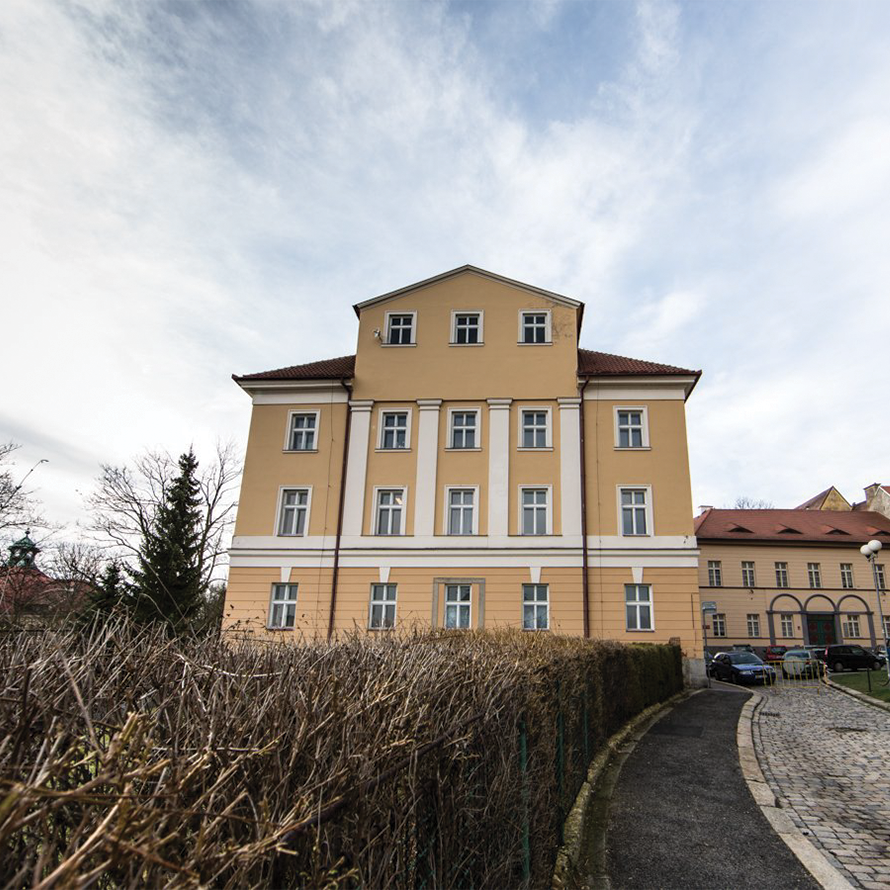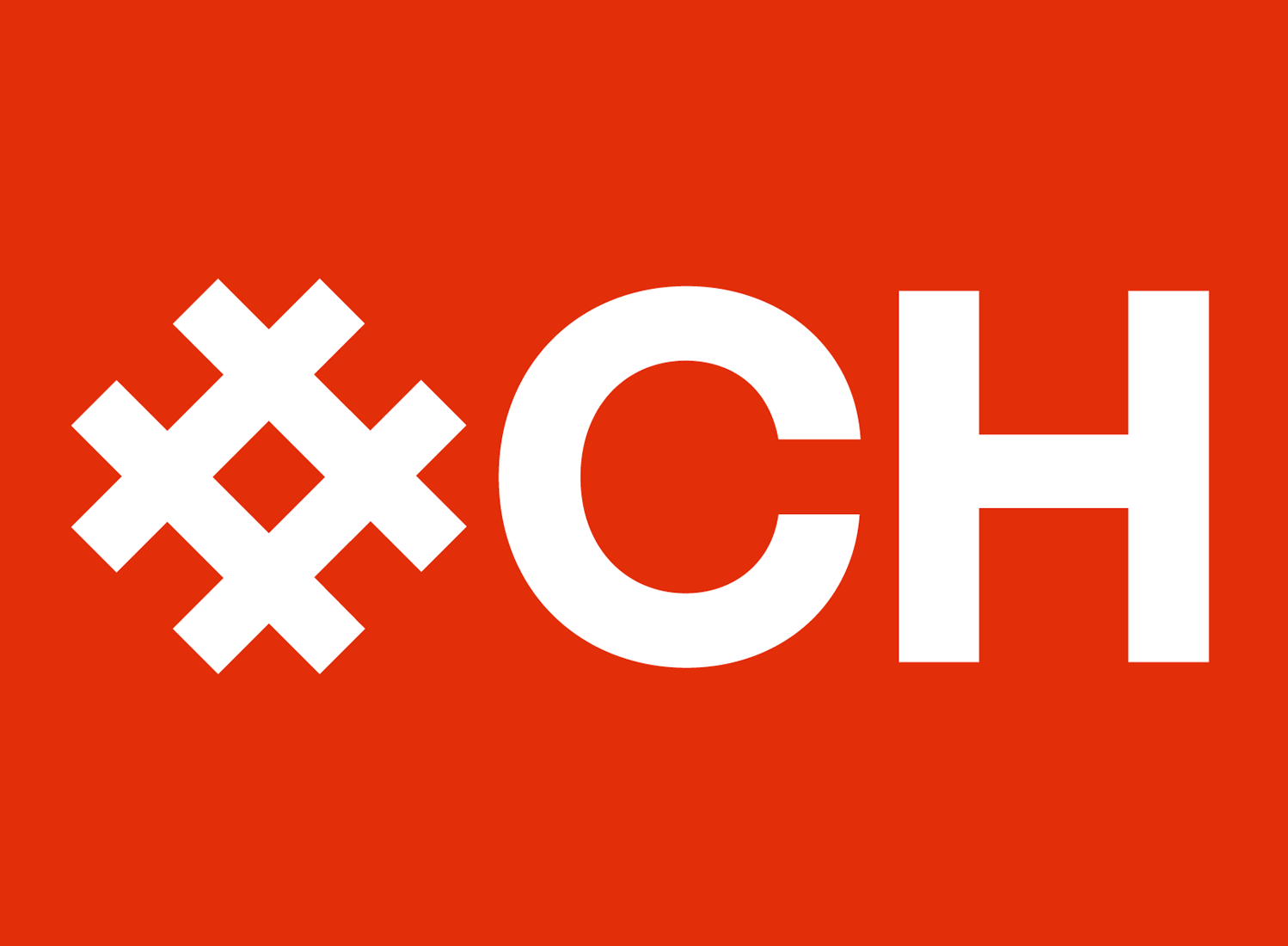SIGHTS
SIGNIFICANT PUBLIC BUILDINGS
GRAMMAR SCHOOL
BACK TO LIST

Grammar School
The Cheb grammar school, which is mentioned as a Latin school as early as in the 1300s, was an indispensable economic source for the town in the 1800s as it was attended by students from far and near to whom the local inhabitants provided lodging and boarding.
Initially, the Latin school was closely associated with the Church of Saint Nicholas. The teachers were members of a German order of knights and they were subject to the church school in Regensburg. In the 15th century, the town acquired the right to decide on the composition of the teaching staff and it subsequently assumed overall supervision over schooling.
The old building of the Latin school was repeatedly reconstruction over the centuries. In 1821, Goethe was present during the final examinations and he personally awarded the best students. The old building was pulled down in 1822.
In the 16th century, the Latin school had four or five classes and five teachers. It was closed in 1628 and Evangelic teachers were dismissed by the reformation committee. The school was reopened in 1629 by the Jesuits (until 1773) as a two-class school with two teachers. In 1641, the Jesuits succeeded in fulfilling their plan of opening six classes. The main objective of the school was to educate students in religion, theology, and Latin.
Following the dissolution of the Jesuit Order in 1774, supervision over the Latin school was assumed by the Piarists. The curriculum was widened to include history, geography, mathematics and Greek, and German replaced Latin as the primary school language. In 1850, the grammar school was enlarged to eight classes and technical subjects were added. In general, though, the main focus of the grammar school remained purely humanistic.
(Catalogue 1994, 82)
Show more


 OFFICIAL WEBSITE OF CITY CHEB
OFFICIAL WEBSITE OF CITY CHEB
 TOURIST INFOCENTRE
TOURIST INFOCENTRE
 HISTORICAL CHEB FOUNDATION
HISTORICAL CHEB FOUNDATION

 CULTURAL CENTER SVOBODA
CULTURAL CENTER SVOBODA
 WEST CZECH THEATER CHEB
WEST CZECH THEATER CHEB
 CITY LIBRARY IN CHEB
CITY LIBRARY IN CHEB

